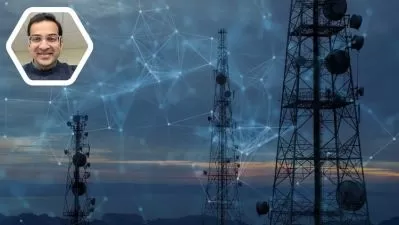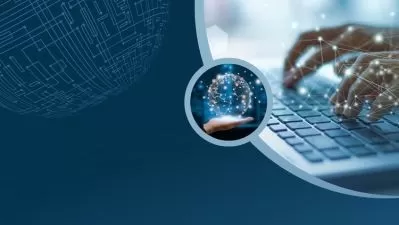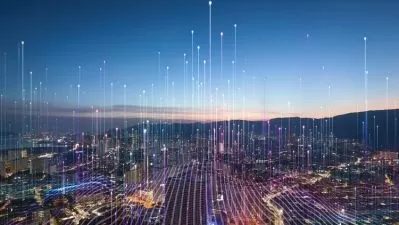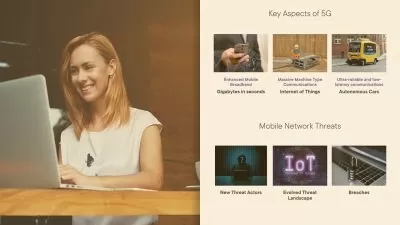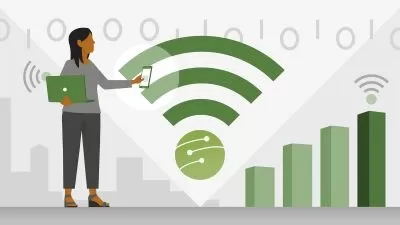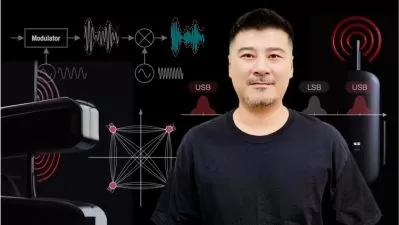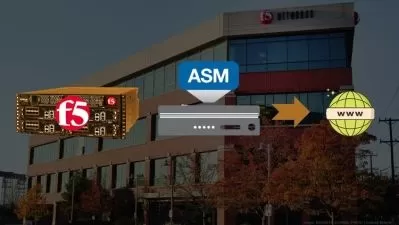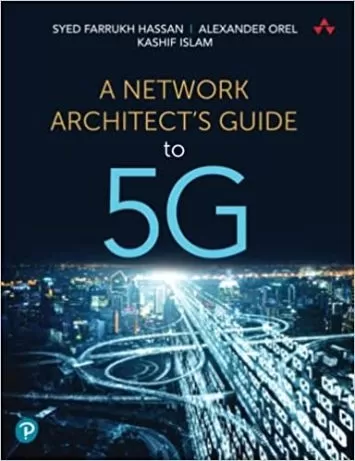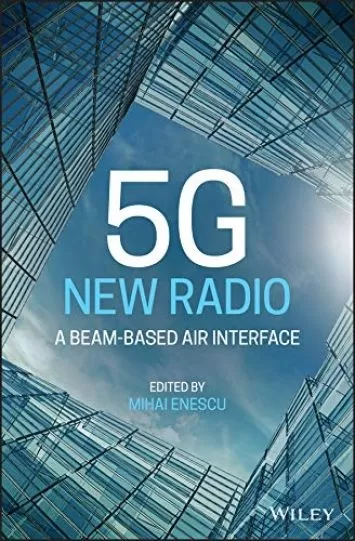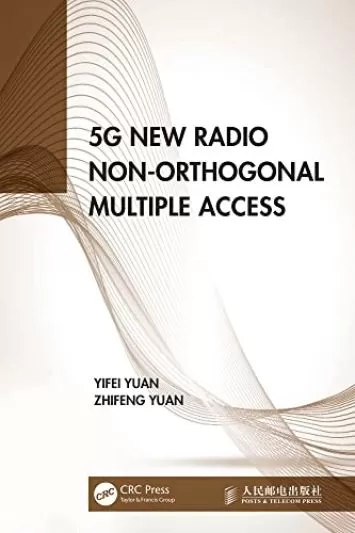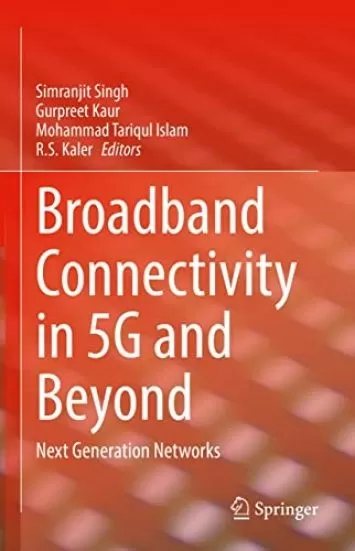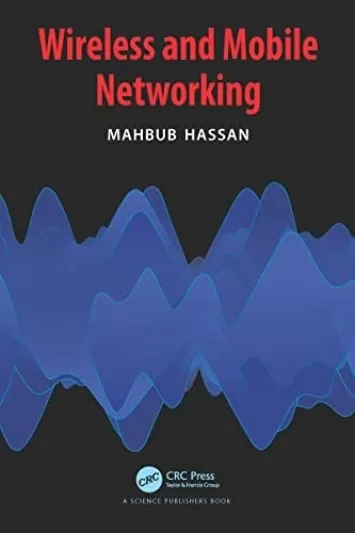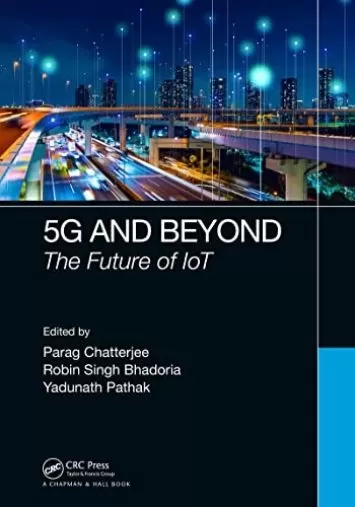About 4G-5GLearn More
The letter G stands for Generation and indicates the generation of mobile phone technology in the network. To use each new generation, you actually have to change your phone and expensive network updates are required. It was the first generation of analog phones. In the second generation of the Internet, i.e. 2G, mobile phones were a means of making calls and sending text messages to each other. GSM is the name of one of the second generation standards, the data transfer speed in GSM was higher than 14.4 Kb/s. This service belonged to the 90s. 3G generation provided high speed for transferring multimedia files.
3G generation
In the third generation, everything was transferred in the form of digital information, and facilities such as wireless video calls were available with good quality. The third generation of cellular networks, or 3G, was introduced to the United States in 2003 to provide mobile broadband with the lowest Internet speed of 144 kbps. The maximum speed in 3G reaches 42 Mbps, but in Iran, Rightel operator offers this network up to the speed of half a megabit or 0.5 Mbps.
4G generation
The fourth generation of mobile internet is the perfect answer to the need for high internet speed. In fact, the existing 3G infrastructure in many countries can no longer meet the needs of the growing generation of subscribers. In designing 4G, telecom experts tried to include more digital data in radio signals and thus increase the speed and efficiency of their network. Increasing the volume of data exchange and increasing the ability to provide services to users is one of the main features of 4G. If you like to surf the web and watch online videos, 4G can bring you an unforgettable experience. If you use mobile internet with a laptop, 4G will be a big difference from other generations. In general, any operation that requires high data transfer can be done more easily with 4G. Another advantage of 4G is the reduction of latency. This issue is very important in many mobile phone applications (such as online games). Reducing the delay also makes the sound appear more natural in phone conversations. It is good to know that the delay in 4G LTE networks is between 20 and 40 thousandths of a second. 4G can easily and intelligently manage the sudden increase in the volume of received traffic and transfer the additional traffic to nearby towers. Also, 4G has self-healing capability. That is, if a problem occurs in one of the masts, it understands this issue intelligently and directs and connects users to other active masts nearby. The supply of fourth generation mobile phone services, as the latest communication technology in the world, was started for the first time in Iran by using Irancell's LTE network in Mashhad, and Iran joined the group of countries providing 4G services.
4.5G generation
Generation 4.5 is actually an intermediate between generation 4 and 5. 4.5G generation, sometimes we come across terms like 4G+, LTE-A, LTE-Advanced or LTE-Advanced Pro instead of 4.5G. In fact, the 4.5 generation improves the service provided by the 4th generation, and uses several telecommunication techniques to achieve much higher speeds from a 4th generation network and several hardware devices. The main idea of 4.5G is achieved by using three technologies: 256 QAM, Massive MIMO and Carrier Aggregation, which, by combining them, makes it possible to achieve speeds of up to 1 Gbit/s on the 4th generation telecommunication platform. The modem that is used to communicate must be able to provide data transmission and reception speeds of the standard 1 gigabit per second. In this case, we come to the conclusion that the modems used in 4.5G technology must have at least telecommunication category 6 with a data transmission speed of 300 Mbps and a reception speed of 50 Mbps, which is another case of the difference between 4G and It is 4.5G. The maximum speed defined for generation 4.5 is also 1.2 Gbps.
5G generation
History shows that almost every decade, a new generation of cellular networks has been introduced. Having said that, the new series of 2020 phones have the fifth generation network. This technology has been studied for years and efforts are being made not only to increase the speed of data transfer, but also to use new technology such as energy harvesting. Also, according to the growth of the Internet of Things in the last few years, changes will be made according to the connection of devices to the Internet. With these interpretations, in the next generation of mobile internet, i.e. the fifth generation, we should expect a large increase in speed, which makes the speed difference between 5G and 4G much higher than the difference between 4G and 4.5G.
Sort by:
Sorting
The newest
Most visited
Course time
Subtitle
Filtering
Courses
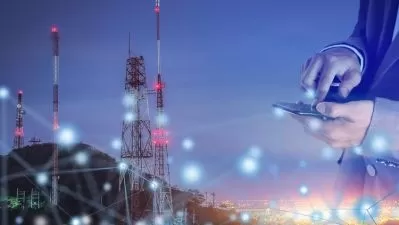
Udemy


Core & IMS Learning
CSFB in 4G Networks: Comprehensive Circuit Switch Fallback 4:06:45
11/17/2024

Udemy


Core & IMS Learning
5G Core Technologies: Architecture, Deployment & Protocols 12:20:30
06/05/2024

Udemy


Rebaca Technologies Inc
5G Core Callflows and Procedures with Hands-On training 3:04:54
12/13/2023
Subtitle

Udemy


Lucas Bazilio
The Complete Computer Networks Course: From Zero to Expert! 7:05:04
English subtitles
06/20/2023







